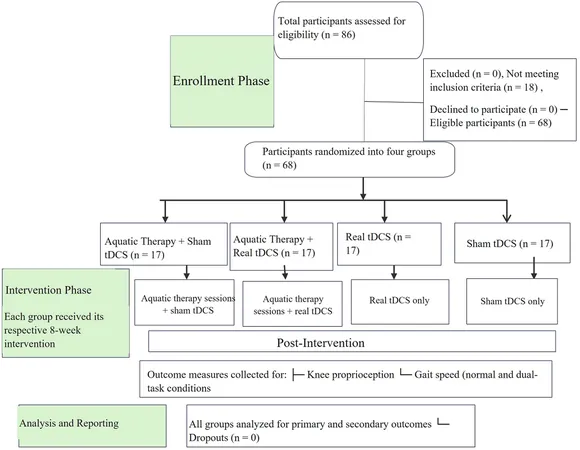
Unlocking the Secrets of Young Fish Habitats: A Global Call for Better Monitoring!
2025-09-01
Author: Sarah
The Crucial Role of Juvenile Fish Habitats
The health of our oceans relies heavily on thriving habitats where juvenile fish can safely spawn, feed, and grow. These vital areas are under threat from various factors including coastal development, climate change, and pollution, making it urgent to enhance our understanding and management of these environments.
A Comprehensive Review of Existing Research
To tackle this pressing issue, a dedicated team from the International Council for the Exploration of the Sea (ICES)—including Dr. Benjamin Ciotti from the University of Plymouth—conducted an extensive review, examining nearly 900 studies from the last fifty years. Their mission? To evaluate how scientists measure the quality of habitats essential for juvenile fish, crustaceans, and mollusks.
The Surprising Findings
Published in the journal *Biological Reviews*, the results revealed a disappointing trend: while juvenile habitats are acknowledged for their ecological importance, most research focuses solely on measuring juvenile abundance. A staggering 85% of studies relied on net surveys or visual counts, leaving a gap in understanding whether juvenile fish truly thrive in these habitats.
A Call for Holistic Approaches
The working group emphasizes the need for a paradigm shift in research, advocating for a focus on growth and survival rates rather than just abundance. Alarmingly, only 16% of studies incorporated survival metrics, and fewer than 10% examined how juvenile habitats impact adult fish populations—the gold standard for assessing habitat quality.
Bridging the Gap: Evidence Meets Policy
This narrow research focus may explain why there is often a disconnect between scientific findings and fishery management policies. Dr. Ciotti points out the importance of gathering comprehensive data to inform conservation efforts aimed at supporting sustainable fisheries.
Setting New Priorities for Juvenile Habitat Science
The review sets forth a clear agenda for future research: move beyond simplistic abundance metrics to incorporate survival rates, growth indicators, and contributions to adult populations. Additionally, the study advocates for expanding the scope of research to capture both temporal and spatial shifts in habitat usage.
Harnessing Technology for Better Insights
The authors also highlight the untapped potential of cutting-edge technologies—like tagging, telemetry, and stable isotope analysis—to fill critical data gaps, ultimately enabling better assessments of habitat value.
A Vision for Future Research
As we strive to protect essential fish habitats, understanding the changes juvenile fish undergo throughout their life stages is vital. This comprehensive review lays the groundwork for a new, more holistic approach to juvenile habitat monitoring.
Dr. Ciotti concludes, "While new technologies are incredible, relying on a single method won't provide all the answers. It’s through integrating various approaches that we can truly understand how juvenile fish utilize these critical inshore habitats and ensure their protection for generations to come!\



 Brasil (PT)
Brasil (PT)
 Canada (EN)
Canada (EN)
 Chile (ES)
Chile (ES)
 Česko (CS)
Česko (CS)
 대한민국 (KO)
대한민국 (KO)
 España (ES)
España (ES)
 France (FR)
France (FR)
 Hong Kong (EN)
Hong Kong (EN)
 Italia (IT)
Italia (IT)
 日本 (JA)
日本 (JA)
 Magyarország (HU)
Magyarország (HU)
 Norge (NO)
Norge (NO)
 Polska (PL)
Polska (PL)
 Schweiz (DE)
Schweiz (DE)
 Singapore (EN)
Singapore (EN)
 Sverige (SV)
Sverige (SV)
 Suomi (FI)
Suomi (FI)
 Türkiye (TR)
Türkiye (TR)
 الإمارات العربية المتحدة (AR)
الإمارات العربية المتحدة (AR)